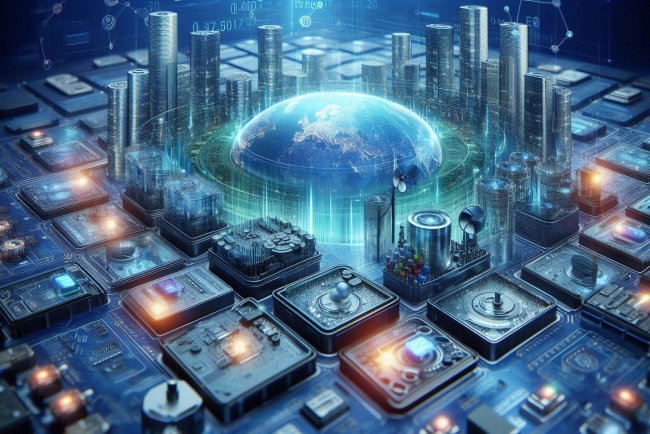AI intuition: Pattern recognition and decision-making
AI intuition: Enhancing pattern recognition and decision-making capabilities through advanced algorithms and machine learning techniques. Unlock the power of AI.

Pattern recognition refers to the process of recognizing and interpreting patterns in data or information. It is a fundamental aspect of human cognition and is also a key component of artificial intelligence (AI) systems. Pattern recognition allows us to make sense of the world around us by identifying regularities, similarities, and relationships in the data we encounter. In the context of AI, pattern recognition is crucial for tasks such as image and speech recognition, natural language processing, and predictive analytics. By recognizing patterns in data, AI systems can make informed decisions, draw conclusions, and generate insights. One of the key techniques used in pattern recognition is machine learning, which involves training algorithms to recognize patterns in data. Machine learning algorithms learn from examples and can improve their performance over time by adjusting their parameters based on feedback. This process is known as supervised learning, where the algorithm is provided with labeled training data that includes the correct answers. For example, in image recognition, a machine learning algorithm can be trained on a dataset of images labeled with the objects they contain. The algorithm learns to recognize patterns in the pixel values of the images that correspond to different objects, such as cats, dogs, or cars. Once trained, the algorithm can then be used to classify new images and identify the objects they contain. Another important technique in pattern recognition is deep learning, which is a subset of machine learning that uses neural networks to learn complex patterns in data. Deep learning has been particularly successful in tasks such as image and speech recognition, where large amounts of data are available for training. Neural networks are artificial systems inspired by the structure of the human brain, with interconnected layers of nodes that process and analyze data. Deep learning algorithms use multiple layers of nodes to learn hierarchical representations of patterns in data, allowing them to capture intricate relationships and dependencies. In image recognition, for example, a deep learning algorithm may use convolutional neural networks (CNNs) to learn features at different levels of abstraction, such as edges, textures, and shapes. By combining these features, the algorithm can recognize complex patterns in images and accurately classify objects. Pattern recognition is also essential for natural language processing (NLP), which involves analyzing and understanding human language. NLP tasks such as text classification, sentiment analysis, and machine translation rely on recognizing patterns in text data to extract meaning and generate responses. For instance, in sentiment analysis, a machine learning algorithm can be trained on a dataset of text reviews labeled with positive or negative sentiments. The algorithm learns to recognize patterns in the words and phrases used in the reviews that indicate sentiment, such as "good," "excellent," or "disappointing." Once trained, the algorithm can then classify new text data and predict the sentiment expressed. Pattern recognition plays a critical role in predictive analytics, which involves using data and statistical algorithms to make predictions about future events or trends. By recognizing patterns in historical data, predictive analytics can identify relationships and correlations that can be used to forecast outcomes and inform decision-making. For example, in financial forecasting, predictive analytics can be used to analyze historical market data and identify patterns that indicate trends in stock prices. By recognizing patterns in the data, predictive analytics algorithms can make forecasts about future price movements and help investors make informed decisions about buying or selling stocks. In summary, pattern recognition is a fundamental aspect of human cognition and artificial intelligence systems. By recognizing and interpreting patterns in data, AI systems can make sense of the world, draw conclusions, and generate insights. Techniques such as machine learning, deep learning, and neural networks enable AI systems to learn complex patterns in data and make informed decisions in a wide range of applications, from image and speech recognition to natural language processing and predictive analytics.
What's Your Reaction?

















